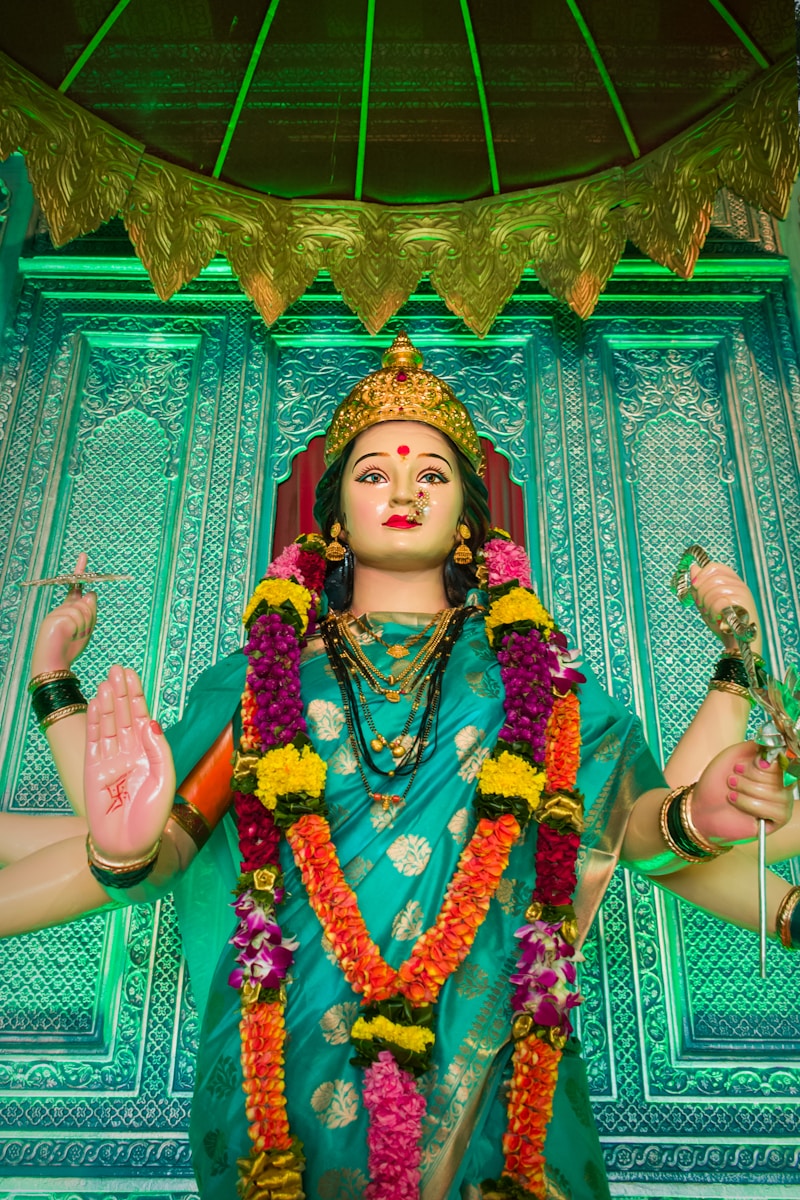The Cultural Significance of Veils: A Comprehensive Exploration
Understanding the Cultural Significance of Veils
Veils are much more than just pieces of fabric. They have held deep cultural, religious, and social significance across various societies throughout history. In this article, we will explore the numerous cultural meanings associated with veils, their historical contexts, and their evolving roles in contemporary society. Whether you are looking to understand the different types of veils or the reasons behind their usage, this article aims to provide you with a thorough understanding.
The Historical Context of Veils
Veils have been used for centuries, with their origins tracing back to ancient civilizations. The wearing of veils can be seen in historic texts, art pieces, and archaeological finds, each revealing different meanings attributed to these garments. For instance, in ancient Rome, veils symbolized modesty and respectability. In contrast, veils in certain Eastern cultures represented social status and marital identity.
Types of Veils Across Cultures
While the concept of veiling is prevalent in many cultures, the types of veils can vary significantly. Here are some commonly recognized types of veils:
| Type of Veil | Cultural Origin | Purpose |
| Hijab | Middle Eastern and Muslim cultures | Modesty, religious observance |
| Niqab | Islamic cultures | Covers the face, seen as a form of religious adherence |
| Chador | Iran | A full-body cloak, emphasizing modesty |
| Veil in Western weddings | Western cultures | Symbolizes purity and the transition to marriage |
| Clarion | India and Nepal | Worn to signify modesty and cultural heritage |
The Symbolism Behind Veils
The significance of veils can be multifaceted. In many traditions, veils symbolize modesty and humility. For example, in Islamic cultures, wearing a hijab is a personal choice that reflects a commitment to faith. In contrast, in Western cultures, a bridal veil symbolizes purity and the transition into a new life stage.
Moreover, veils can serve as symbols of protection. In some cultures, they are believed to shield women from evil spirits or negative influences. This belief reinforces the notion that the veil is not only a garment but a protective barrier in a spiritual sense.
Socio-Political Contexts of Veiling
Throughout history, the practice of wearing veils has also been influenced by socio-political contexts. In the 20th century, for instance, different countries saw significant shifts regarding veiling laws. In countries like Turkey, extensive reforms were made to secularize society, leading to bans on religious veils in public places. Conversely, in some regions, wearing a veil has become a symbol of political identity and resistance.

The Evolution of Veils in Contemporary Society
In modern times, the understanding and perceptions of veils have continued to evolve. While many women remain committed to the tradition of wearing veils, there is also a growing trend of women choosing not to wear them. This choice can be influenced by numerous factors, including personal beliefs, feminism, and cultural integration.
In Western societies, the act of veiling has often been seen through a lens of oppression; however, many women who choose to wear veils argue that it represents their empowerment and identity. The debate surrounding veiling in contemporary society often centers around issues such as freedom of expression, autonomy, and cultural identity.
Common Questions Surrounding Veils
As a deeper understanding of the cultural significance of veils can lead to meaningful conversations, here are some common questions that people often have:
- What does wearing a veil symbolize in different cultures?
- Are veils considered a form of oppression or empowerment?
- How do modern trends influence the way women view veiling?
- What are the historical origins of veils in different societies?
- How do migration and globalization affect the practice of veiling?
Conclusion: Embracing Diversity and Understanding
In summary, the cultural significance of veils is complex and deeply rooted in historical, religious, and social contexts. As we move towards a more globalized world, understanding the various meanings associated with veiling helps foster empathy and respect among diverse cultures. Whether seen as a symbol of modesty, empowerment, or identity, veils hold remarkable stories that showcase the rich tapestry of human experience.
As society continues to evolve, it is essential to approach the topic of veiling with sensitivity and open-mindedness. Furthermore, recognizing that the choice to wear or not wear a veil is deeply personal can lead to respectful dialogues and greater acceptance of diversity.